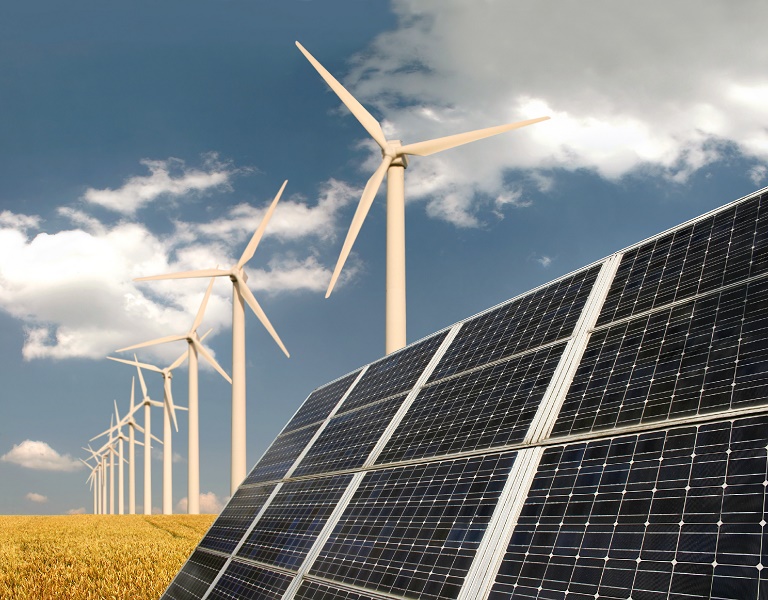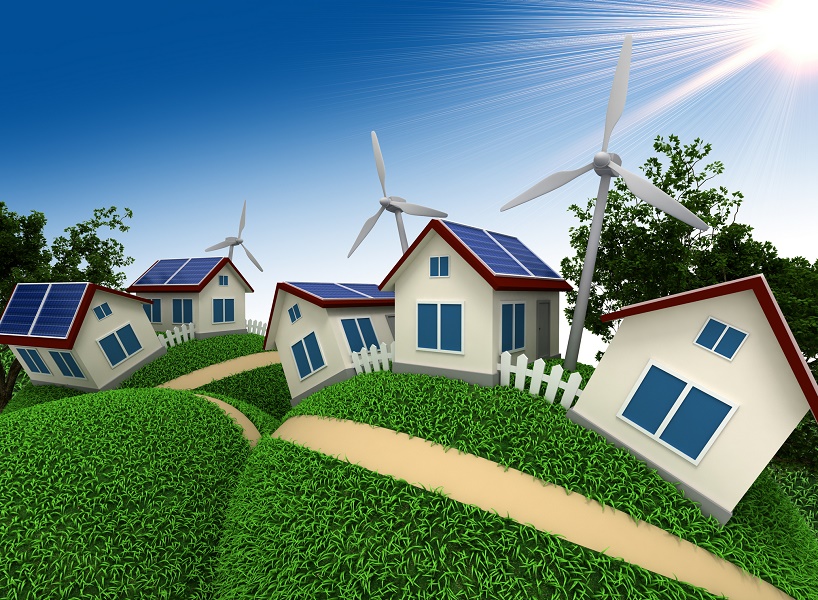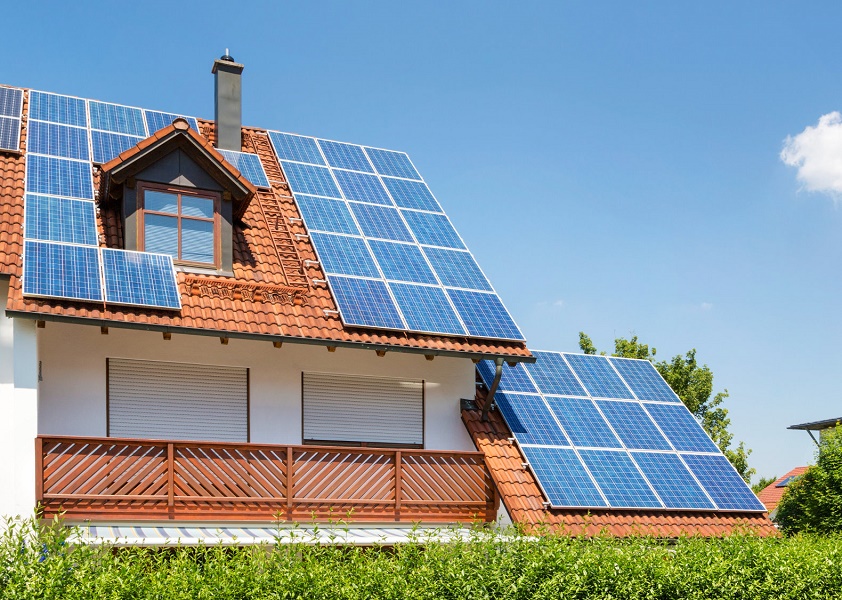Solar vs. Wind Energy- What are the cheapest renewable energy sources?
It’s a new world we live in, one where individuals can finally take huge steps towards reducing their impact on the environment while opting for smarter, more efficient sources for the power they use, the food they consume, and so on. A subject of importance these days is the energy source used in residences, homeowners taking an interest in the subject in order to cut down on their costs and help protect the environment.
While solar is the preferred energy source as it even provides the benefit of portability in some cases as opposed to other renewable sources, and it is more widespread and convenient, wind energy is rapidly gaining terrain as well. A study shows that almost 5% of American households rely on the latter, wind and solar systems being the two sources that fight it out to gain a spot in all residences where budget-smart and environmentally friendly people live.
General comparison between solar and wind
Environmental impact
- There is no actual negative effect on the environment or wildlife when it comes to solar systems.
- Wind turbines, due to the moving parts that they feature and are exposed, present a threat to wildlife, to birds and other flying creatures to be more specific.
Source
- In sunnier places, it’s obvious that panels are more efficient as they draw more power on a daily basis. Panel placement is equally important as you must install them in an ideal manner to receive as much light as possible throughout the day.
- From a geographical point of view, wind is more pretentious as it isn’t everywhere, not constantly at least. Thus, you are less likely to opt for it if you live in an area where there isn’t enough wind year-round for power generation.
Maintenance
- In terms of maintenance, solar systems are a dream to work with as they require little of it. As long as you inspect them once in a while and clean the panels, you are good to go. In addition, after 20 years, they should work at 80% power, which means that you can rely on them in the long-term.
- The specific needs vary from type to type when it comes to turbines, but what’s for sure is that more maintenance work is due as the moving parts need regular care and replacement.
Lifespan
- The typical lifespan of a solar system is approximately 25 years, but it varies depending on the specific product at hand. When it comes to performance guarantees provided by manufacturers, these generally range from 5 years on inverters and batteries to 25 years on the panels themselves.
- Most commonly, turbines last for up to 25 years, which is undeniably great. However, they feature moving parts that needs replacement once in a while, so you should be ready to make a few investments during this time span. When it comes to backing, they are generally covered for 5 years, but the specific warranty length varies from one manufacturing company to another.
Integration
- Solar panels might tend to be bulkier, but they do provide the benefit of freedom in placement as you can put them almost anywhere you like, whether it is the ground or the roof. All that matters is for them to be facing the sun in order to draw power.
- Space-efficiency is the key advantage of wind turbines, but there’s a problem when it comes to placement as they need to be placed away from obstacles and buildings that put a barrier between them and wind currents.
In-depth look at costs – What type of energy is cheaper?
Here’s an overview of upfront costs involved with installing both systems:
- 5 kW solar system – About $13,000 after tax credits.
- 5 kW wind system – About $20,000 after tax credits.
We made it a point to not jump directly on the budget subject but rather discuss their general traits before as it is important to do so in order to draw an informed conclusion. Evidently, if you look at the problem strictly from a financial point of view, solar systems are the go-to option for residential use. But what makes solar power the true winner and the obvious renewable source to reign in our era is a combination of costs, efficiency, lifespan, impact, and maintenance, doing an overall better job than wind turbines.
Solar power systems aren’t only a better value for your money, especially in locations where average wind speeds don’t usually exceed 5 meters per second, but their low, almost inexistent maintenance implies that there won’t be any substantial upkeep costs along the way as long as proper installation is ensured. Overall, solar wins as the costs over the lifetime of the system is less than half the lifetime cost per kWh of wind turbines. In conclusion, for most residential applications and in most cases, if you want a budget-smart solution when it comes to energy, solar is the way to go.
Excerpt:
All homeowners want to install a renewable energy system as it helps save money on the electric bills considerably, all while reducing the impact had by individuals on the environment. As your decision is most likely going to be between solar and wind energy, if you want to make the best choice when it comes to costs, you should first read this article to learn more on the matter.



